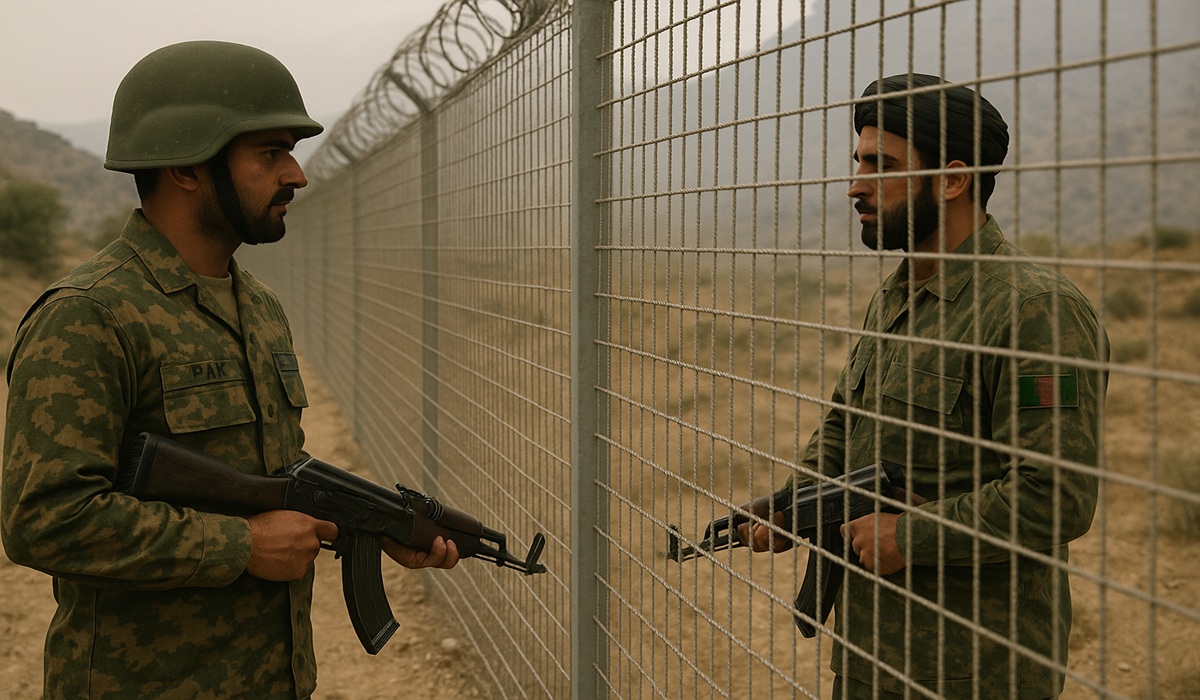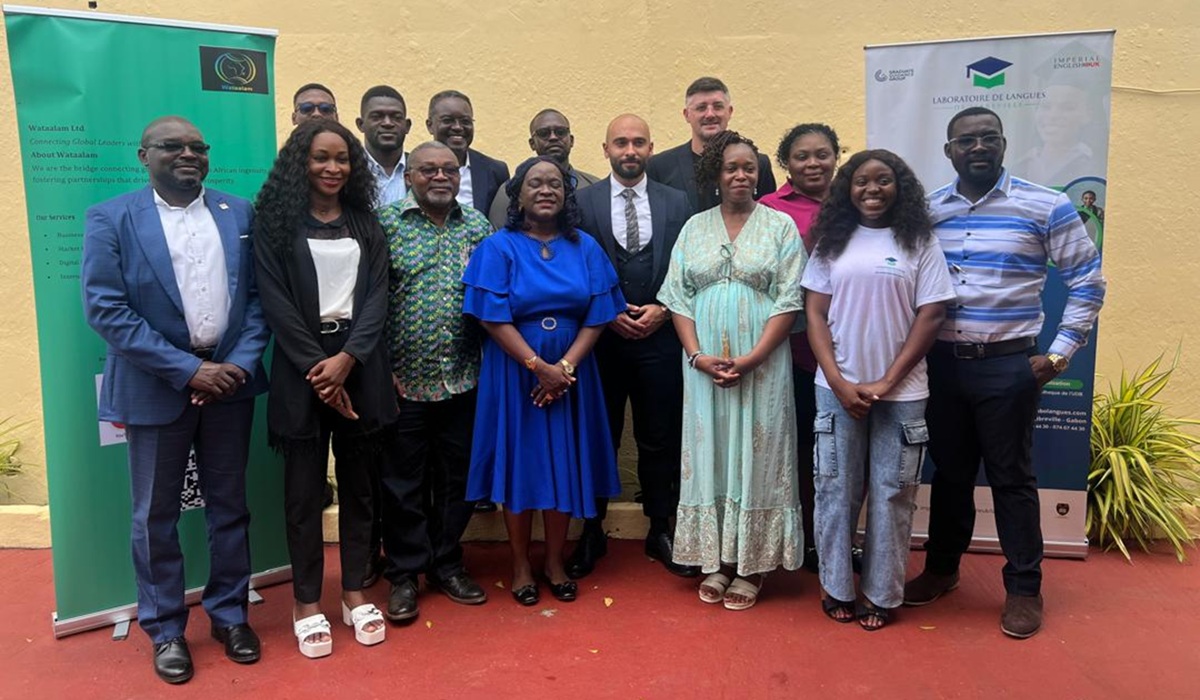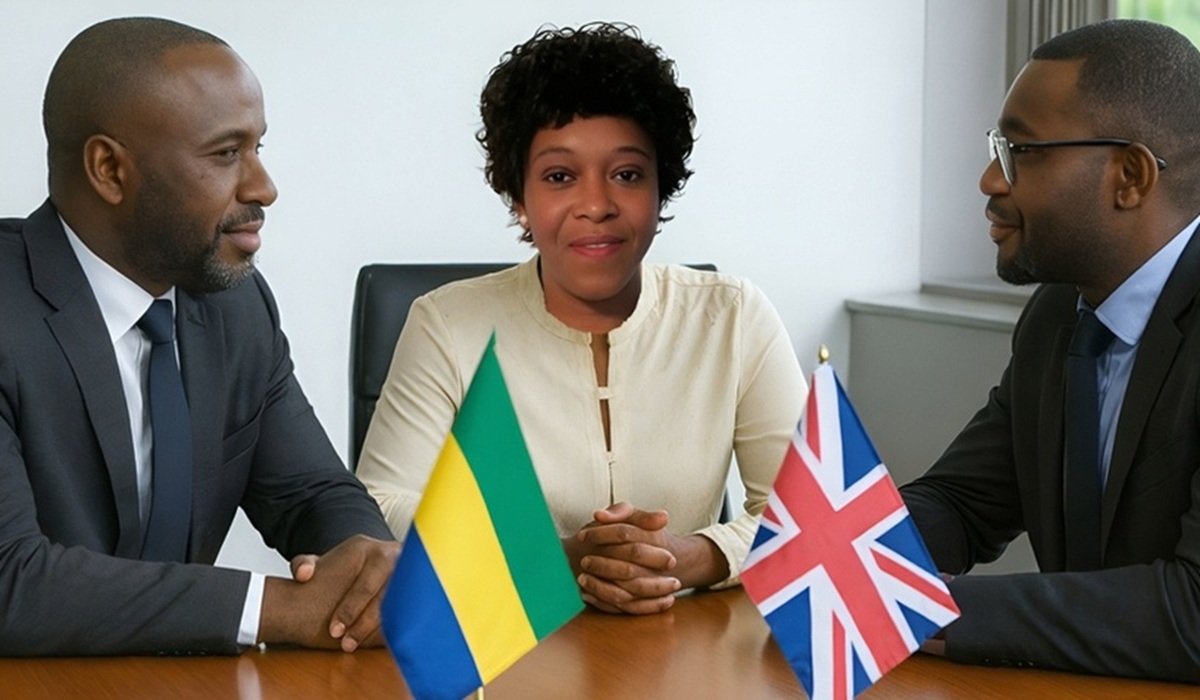Winnipeg’s Charlie Kirk Vigil Highlights Societal Divide and the Perils of Opinion-Driven Conflict
- TDS News
- Trending News
- September 17, 2025
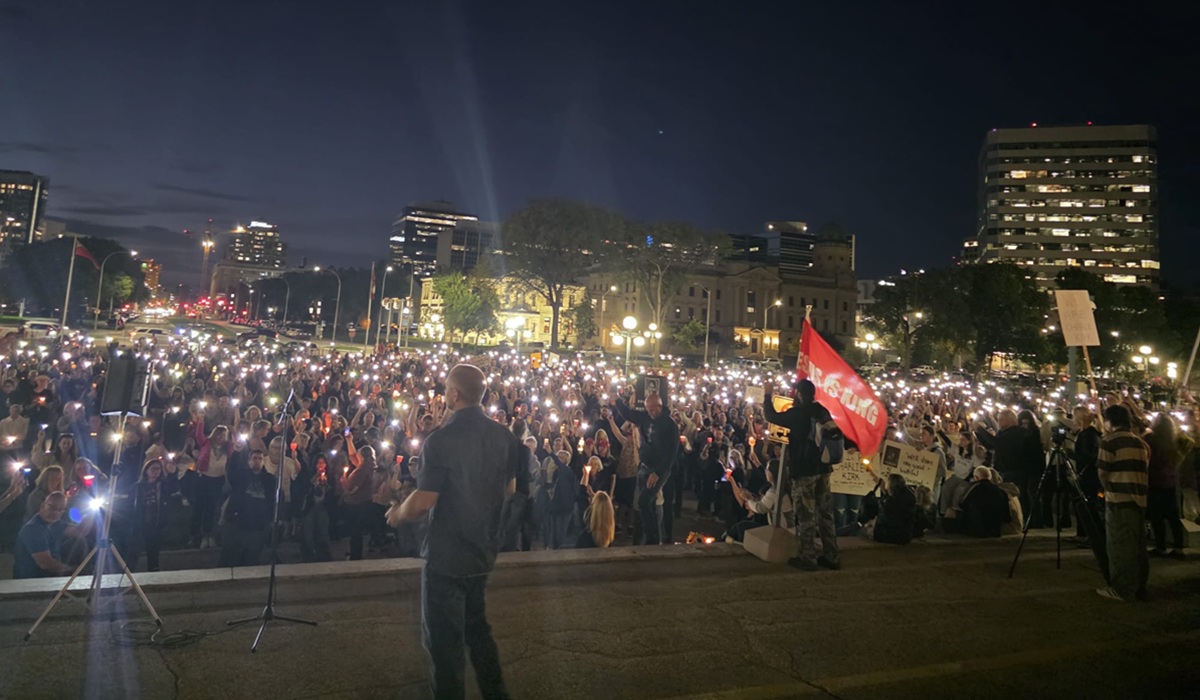
Yesterday, just over two thousand people gathered in Winnipeg for a candlelight vigil honouring Charlie Kirk. The gathering was sombre, marked by flickering lights and quiet reflection, yet it also served as a mirror for the broader societal dynamics at play. Kirk is a figure who evokes strong, sometimes conflicting, emotions. To some, his words were candid and unfiltered contributions to political discourse; to others, they were provocative, offensive, or even harmful. The vigils’ turnout underscored a reality that goes beyond Kirk himself: human society is wrestling with how to navigate disagreement without succumbing to hate.
In contemporary discourse, opinions are more than expressions of thought—they carry weight and consequences. The speed and reach of communication amplify every word, often removing the nuance that might have been present in private conversation or localized debate. Social media and news cycles transform statements into echoes that reverberate across entire communities, where misunderstanding or hostility can flourish. The result is an environment in which disagreement, even about abstract ideas, can generate real-world tension.
Former mayoral candidate Don Woodstock offered perspective on this phenomenon. He recalled the experience of facing serious death threats during his own political campaign three years ago, sparked by remarks taken out of context. Law enforcement provided protection throughout the election—a stark reminder that words, no matter how controversial, should never justify violence. Woodstock reflected, “What we saw yesterday, at its core, is a reflection of human society grappling with difference. Opinions, beliefs, and statements can inspire debate, reflection, even discomfort—but they should never inspire hatred or harm.”
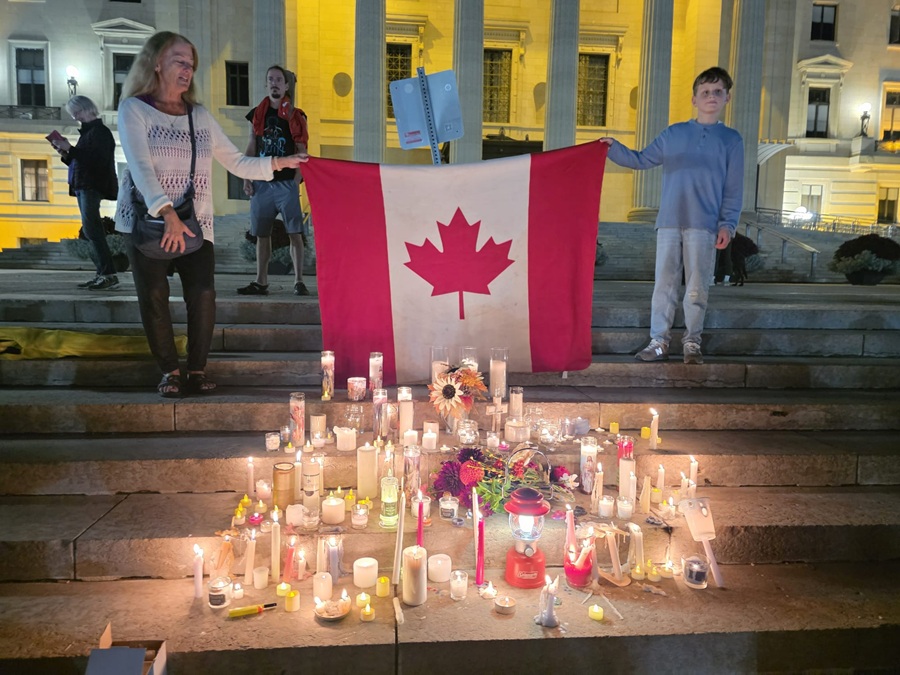
This vigilance over words and opinions is not new in human history. Societies have long struggled with balancing freedom of expression against the dangers of incitement or conflict. Yet what seems new is the intensity and immediacy with which disagreements can escalate. In the past, a controversial statement might have been contained within a town square or printed in a newspaper. Today, it spreads across digital platforms, subject to amplification, misinterpretation, and emotional contagion. What might have once been a philosophical disagreement can quickly metastasize into personal animosity or societal fracture.
The candlelight vigil in Winnipeg reminds us of the human cost of this fragility. Charlie Kirk’s passing became a focal point, not merely of mourning, but of reflection on how society treats those whose words provoke discomfort. Woodstock offered a further observation: “Ultimately, what matters is not whether we agree or disagree with someone’s politics or statements. What matters is how we respond as human beings. The greatest threat to society is not opinion itself, but allowing our opinions to harden into hatred.” His insight captures a central truth: ideas themselves are rarely harmful; it is the emotional response they generate, particularly when it hardens into hostility, that poses danger.
Psychologists have long studied how humans process disagreement. When an opinion challenges deeply held beliefs, it can trigger cognitive dissonance—a state of mental discomfort that demands resolution. Often, resolution is sought not through reflection or dialogue, but through defensive aggression or ostracism. When multiple individuals experience similar cognitive dissonance, the result can be collective polarization, in which groups form around opposing ideologies, each seeing the other as a threat. This dynamic is reinforced by social and digital structures that reward certainty and punish nuance.
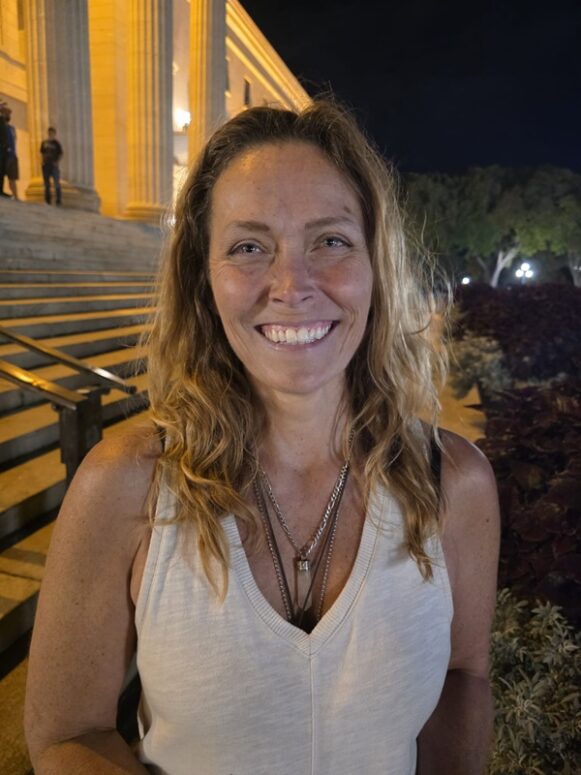
It is in this context that vigils, protests, and public gatherings take on profound significance. They are spaces where communities navigate the tension between remembrance, reflection, and disagreement. When conducted peacefully, they serve as reminders that while opinions may divide us, shared humanity unites us. Violence, threats, or aggression erode this unity, creating cycles of fear and retaliation that can persist across generations.
Winnipeg’s vigil also points to a subtle but important lesson about responsibility. Public figures wield influence, but society, too, bears responsibility for its responses. Disagreement will always exist; it is unavoidable in any diverse society. What can be controlled is the manner in which that disagreement is expressed and received. Civility, patience, and critical reflection become essential tools to prevent opinion from metastasizing into hostility.
“If we don’t have an open, natured dialogue with people, we might not come to the same agreement, but at least we’ve heard each other and those different perspectives.” Said Braun
Beyond the immediate context of Kirk or Woodstock, the vigil highlights a broader societal question: how do communities cultivate resilience against the corrosive effects of anger and polarization? Education, media literacy, and empathetic dialogue all play a role. When citizens are trained to interrogate ideas thoughtfully, rather than react reflexively, society builds a buffer against the extremes of fear, misunderstanding, and hate. Vigils, in this sense, become symbolic touchstones—a visual reminder that even amidst strong emotions, reflection and peace are possible.
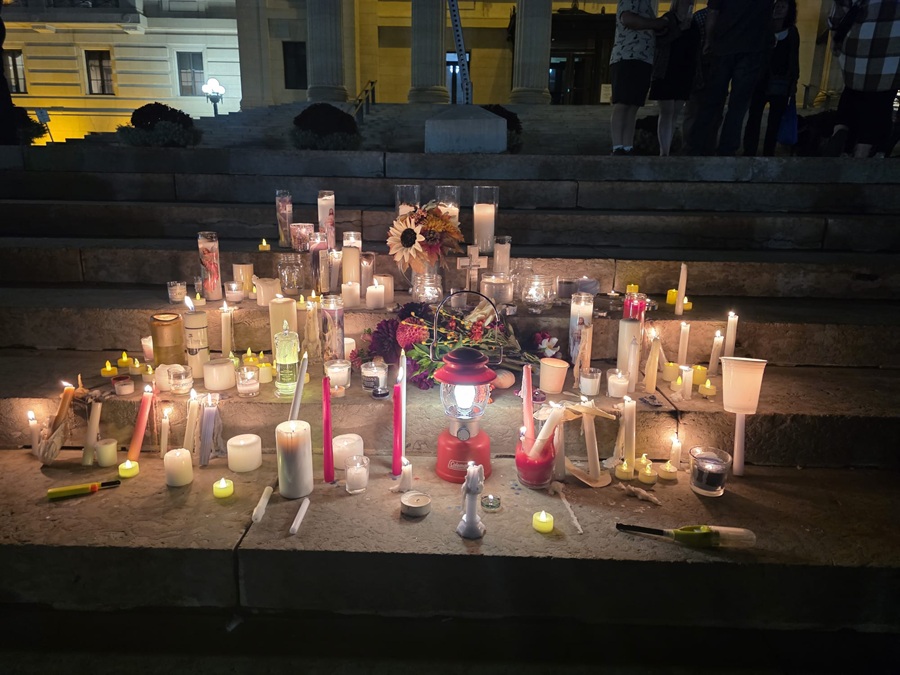
In the end, the Winnipeg vigil was not merely about one person or one set of statements. It was about a society grappling with the power of words and the responsibility that comes with them. It was about recognizing that disagreement is not a threat to life itself, and that anger need not transform into harm. Woodstock’s reflections serve as a guiding principle: the danger lies not in opinion, but in the hardness of heart that lets difference become hatred.
As the candles flickered and the crowd dispersed, the deeper lesson lingered: communities can hold space for mourning, reflection, and debate simultaneously. Opinions will differ, beliefs will clash, yet the collective choice—to engage peacefully, to honor life even in disagreement—is what determines whether society remains a place of understanding or descends into cycles of conflict. The vigil in Winnipeg, quiet and contemplative, was a reminder that the preservation of civility is both a communal and personal responsibility—one that must be tended as carefully as the fragile flame of each candle.

